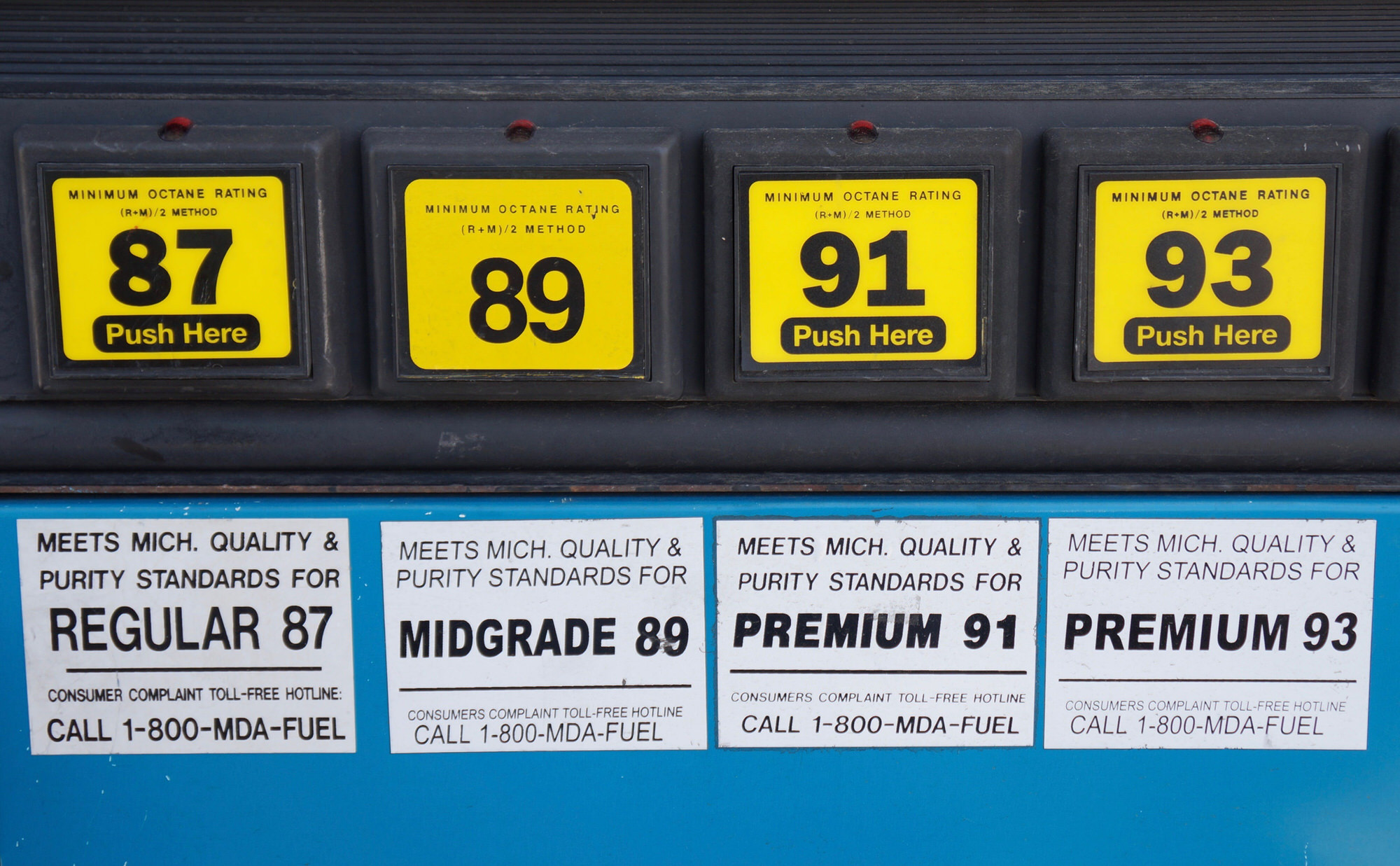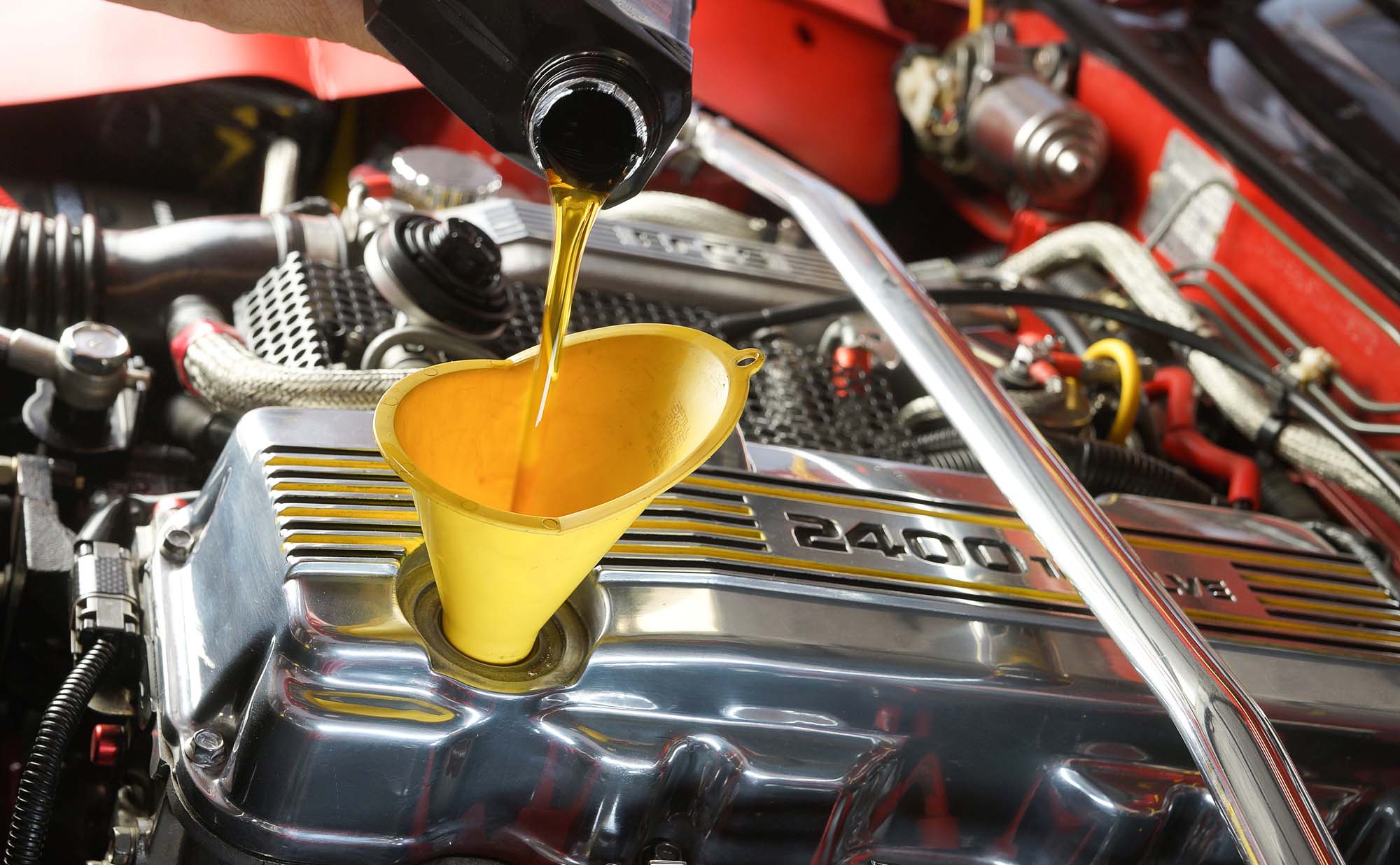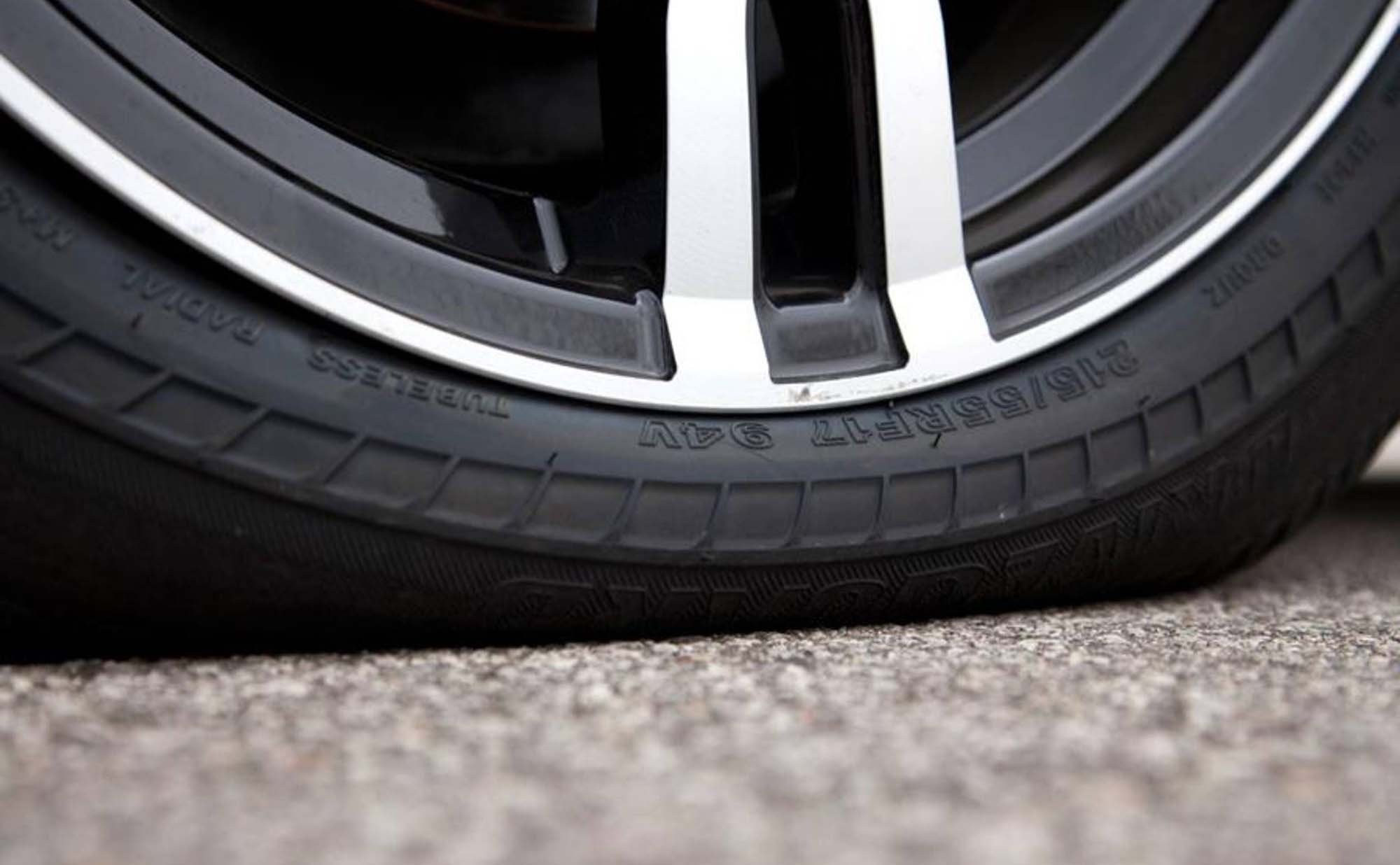In this post, we investigate whether oil additives deliver on their big promises. Here is a summary of what we know and think about oil additives.
This is the first in a multi-part series that will cover everything you need to know about your vehicle’s fuel. Today we are looking at octane levels, what they mean, where they came from, and why it is important to know the correct octane level for your vehicle.
The Series
– Part One: All About Octane (Part 1/3)
Part Two: All About Octane: Performance (2/3)
Part Three: All About Octane: Additives (3/3)
When you step out of your car at the gas station, you are greeted by a fuel pump with 3 or 4 options to choose from. Each has a different octane grade and a different price. Let’s take a look at what exactly “Octane” is, and how to determine which grade you need for your car or truck.
What is “Octane”?
The vast majority of cars on the road use a four-stroke gasoline engine. One of the four strokes is the “compression stroke”, where the engine compresses a cylinder-full of air and gas into a much smaller volume before igniting it with a spark plug. The amount of compression is called the compression ratio of the engine. A typical engine might have a compression ratio of 8-to-1, for instance.
The octane rating of gasoline tells you how much the fuel can be compressed before it spontaneously ignites. Inside an engine, you have the piston moving up and down, with the injectors spraying a given amount of fuel into the combustion chamber as the piston travels up toward the top-dead-center position. As it moves up, it compresses the fuel-air mix already in the cylinder. When the air-fuel mixture ignites by the heat of compression rather than because of the spark from the spark plug, it causes knocking in the engine and a loss of power. The knocking sound is caused by two exploding “flame fronts” – one explosion from the pre-ignition of the fuel-air mix caused by compression and the other from the rest of the fuel-air being ignited at a slightly different time by the spark plug. The two flame front explodes and sends shock waves through the air of the cylinder, which meets in the combustion chamber and creates that annoying knock effect.
Why would I use more expensive high octane gas?
The correct octane for your vehicle is determined by your engine’s compression ratio. This can be found in your owner’s manual. Manufacturers of sports cars and high performance vehicles are masters at getting increased horsepower from their engines, but these increases in power also create a need for higher octane fuel. You see, one way to increase the horsepower of an engine of a given displacement is to increase its compression ratio. So a “high-performance engine” has a higher compression ratio and requires higher-octane fuel. The advantage of a high compression ratio is that it gives your engine a higher horsepower rating for a given engine weight, that is what makes the engine “high performance.” The disadvantage is that the gasoline for your engine costs more.
Don’t pay more if you don’t have to!
Octane does not enhance the explosion in the cylinder like most people think. What does octane do? It just prevents the air-fuel mixture from igniting before the spark plug does it. Firing the air-fuel mixture at the proper time gives you the maximum power your engine was designed to get. Using higher-octane gasoline than your engine is designed to utilize is only wasting your money.
Up Next
We look at when to use higher octane fuel and what kind of measurable benefits you will gain when combined with the proper engine type.




